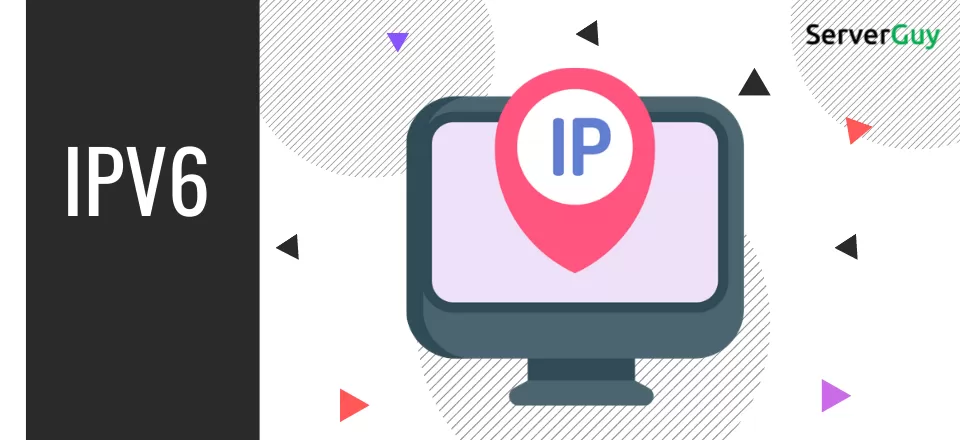Network Address Translation (NAT) and IPv6
You must be wondering, if IPv6 is a better and updated version of IPv4, then why it hasn’t been adopted fully yet.
One of the main reasons behind this is Network Address Translation (NAT), which takes private IP addresses and converts them to public IP addresses.
Such an enterprise machine with a private IP address can send and receive packets from a machine outside a private network with a public IP address.
Without NAT, large companies with thousands of computers will use a large number of public IPv4 addresses if they want to communicate with the outside world. However, these IPv4 addresses are limited and almost exhausted to the point where they have to be assigned.
NAT helps alleviate the problem. With NAT, thousands of private address computers can be presented to the public Internet via NAT computers such as firewalls or routers.
The way NAT works is when a company computer with a private IP address sends packets to a public IP address outside the corporate network, it first enters the NAT. It then registers the source and destination addresses of the packets in the conversion table.
NAT changes the source address of the packet to the public address of the NAT device and sends it to an external destination.
When the packet responds, NAT converts the destination address to the private IP address of the computer on which communication is started. A single Public IP Address can represent a computer with multiple private addresses.



